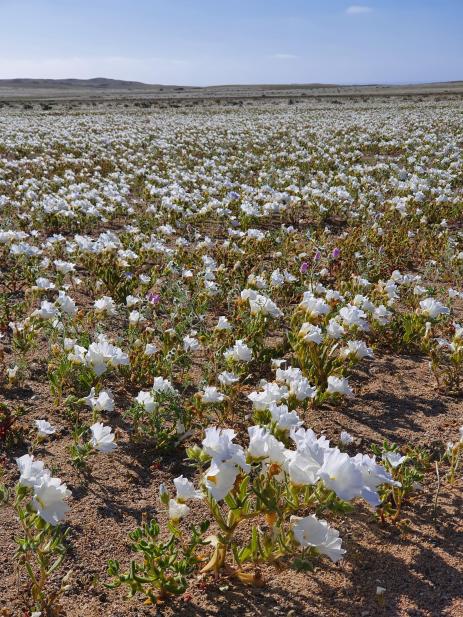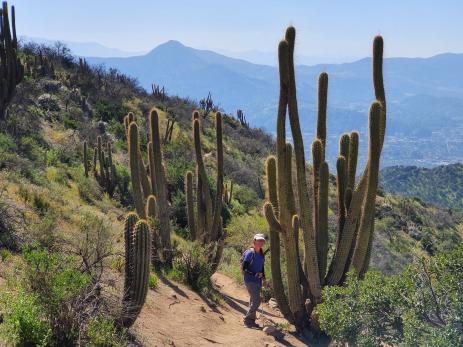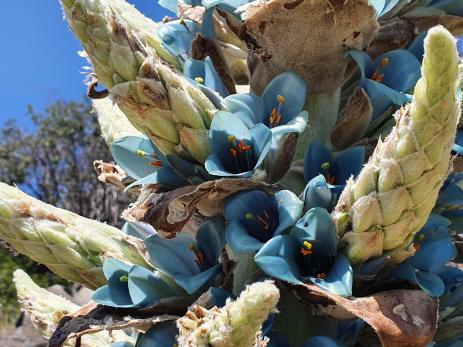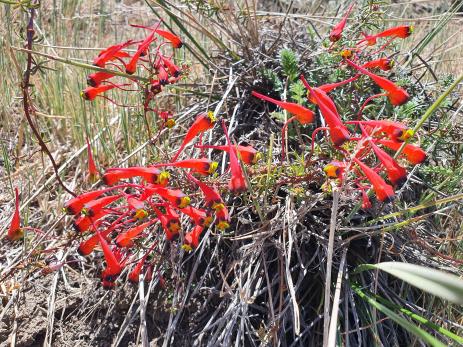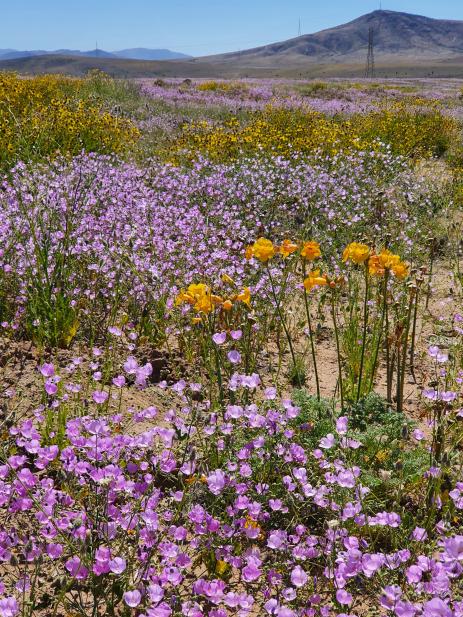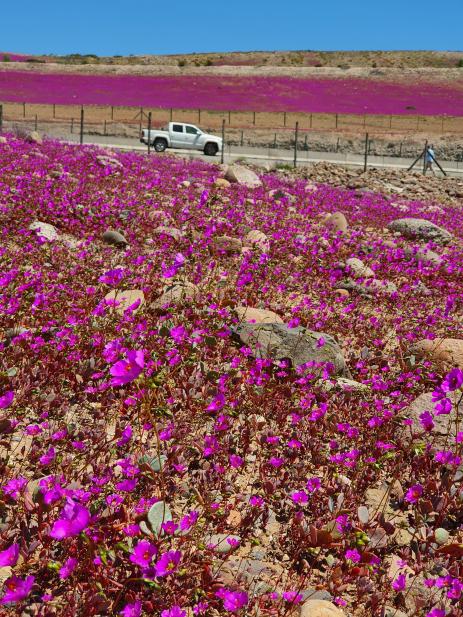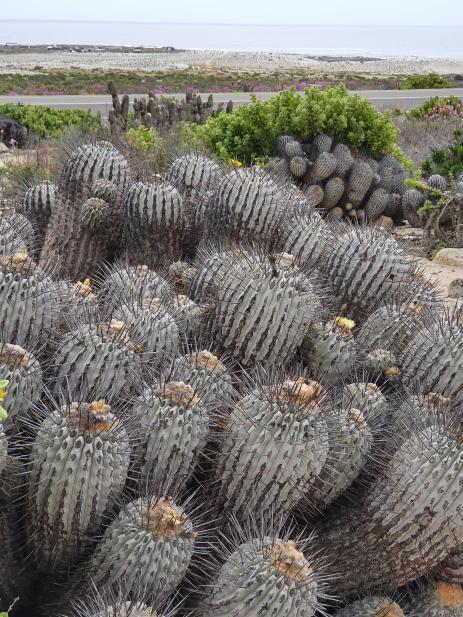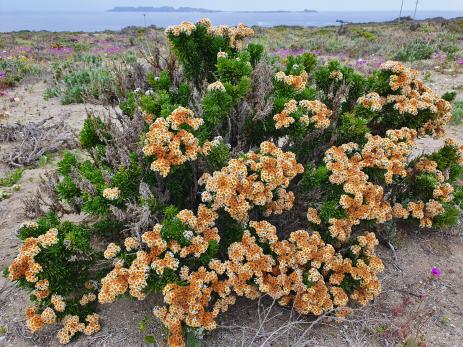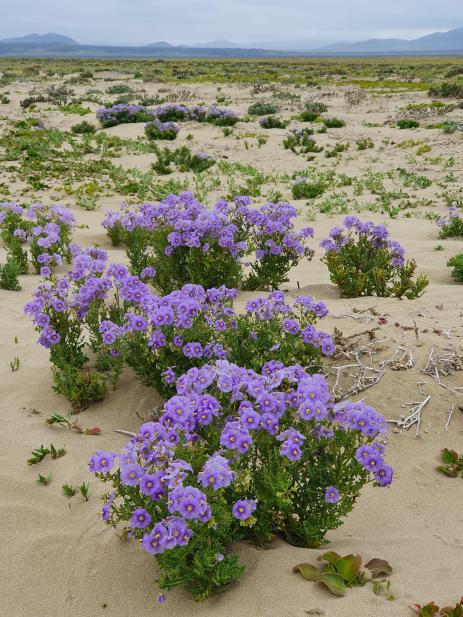The north-south extension of Chile spans over 2600 miles (4300 km) and 39 degrees of latitude along the Pacific coast. This gives an idea of the extraordinary floristic diversity of the country. In addition, Chile’s topography rises from sea level to well over 20,000 feet (6,000 m) along the border area to Argentina. In the south is the Chilean part of Patagonia with wetland vegetation comprising cool, temperate rainforests and spectacular bogs. In the area of Santiago we find Mediterranean climate, which is subtropical with dry summers and slightly rainier winters, though much dryer than most parts of the European Mediterranean region. The farther north you go, the drier it becomes, until you finally reach the Atacama, which is known as the driest desert in the world. It begins about 120 miles (200 km) south of Copiapo and extends to the south of Peru and Bolivia. In some places, the long-term average annual precipitation is less than one millimeter.
Login to read the full article.

